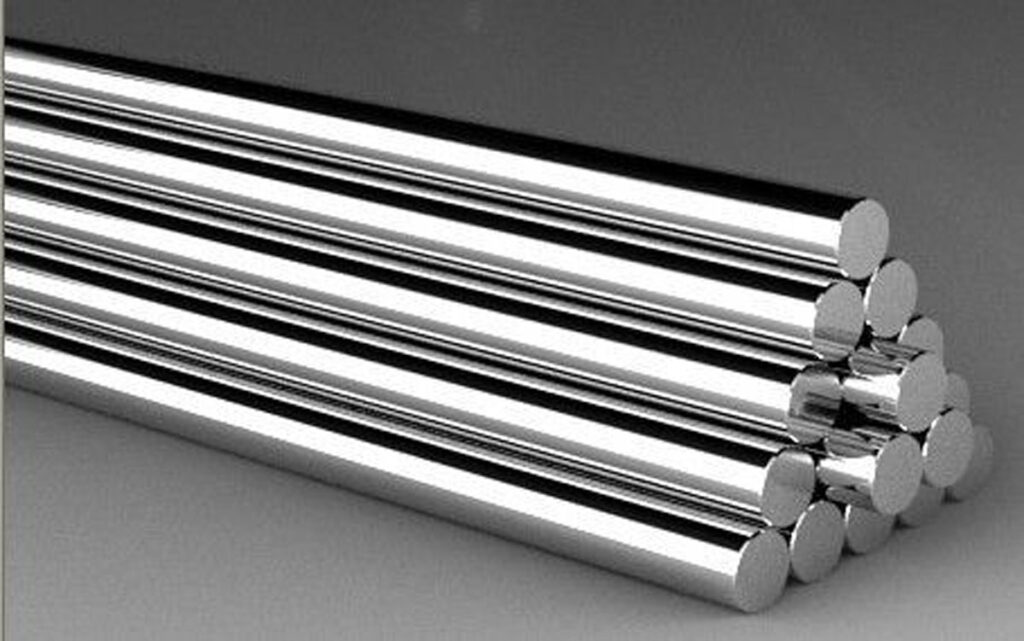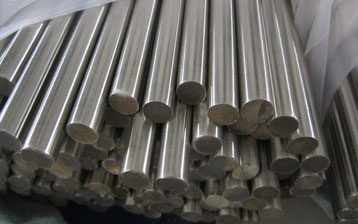Stainless steel is a ubiquitous material known for its durability and corrosion resistance. Among its numerous variants, 420 stainless steel stands out for its unique properties and wide-ranging applications.
Introduction to 420 Stainless Steel

What is 420 stainless steel?
420 stainless steel is a type of high-carbon steel that contains a minimum of 12% chromium. It’s known for its hardness, strength, and moderate corrosion resistance. This alloy is commonly used in making blades, surgical instruments, molds, and high-wear parts due to its durability and ability to be polished easily.
Properties and characteristics
The properties of 420 stainless steel include excellent hardness, decent ductility, and moderate resistance to corrosion. This alloy boasts strong strength, making it suitable for various applications. Additionally, it’s relatively easy to polish and machine, contributing to its versatility in different industries.
Applications of 420 Stainless Steel
Industrial uses
420 stainless steel finds wide application in various industries. It is commonly utilized in aerospace, manufacturing, and toolmaking sectors. In these fields, it’s used for creating surgical instruments, molds, and parts that require high durability and resistance to wear and tear.
Consumer products
In consumer products, 420 stainless steel is extensively used. It’s found in items like kitchen cutlery, blades, scissors, and even certain types of surgical instruments. Its durability, hardness, and ability to maintain a sharp edge make it a popular choice for crafting various everyday tools and implements.
Advantages of 420 Stainless Steel
Corrosion resistance
420 stainless steel exhibits moderate resistance to corrosion in mild environments. While it might not excel in highly corrosive conditions, it holds up well against rust and degradation in typical indoor settings. This level of corrosion resistance makes it suitable for various applications where exposure to harsh elements is limited.
Strength and durability
The strength and durability of 420 stainless steel are noteworthy. It boasts exceptional hardness and robustness, making it an ideal choice for applications requiring materials that can withstand wear, pressure, and heavy usage. Its resilience contributes to its longevity and reliability in various settings.
Comparisons with Other Stainless Steels
Contrasting properties with 316 stainless steel
When comparing 420 stainless steel with 316 stainless steel, there are notable differences in their properties. While 316 stainless steel excels in corrosive environments, 420 stainless steel is more suited for applications that demand higher hardness and resistance to wear rather than exceptional corrosion resistance.
Differences from 440 stainless steel
When comparing 420 stainless steel with 440 stainless steel, one key difference lies in their carbon content. 440 stainless steel contains a higher carbon content than 420 stainless steel, contributing to enhanced hardness and wear resistance. This makes 440 stainless steel particularly suitable for applications where greater hardness is required.
Factors to Consider Before Purchasing
Cost-effectiveness
420 stainless steel offers a balanced blend of performance and cost-effectiveness. It provides good strength, durability, and corrosion resistance at a reasonable price point, making it a cost-effective choice for various applications where high-quality material is needed without breaking the budget.
Suitability for specific applications
When considering 420 stainless steel for use, its suitability for specific applications is crucial. Its properties make it well-suited for various tasks requiring hardness, durability, and moderate corrosion resistance. Assessing its compatibility with the intended purpose is essential to ensure optimal performance in specific applications.
Where to Find 420 Stainless Steel for Sale

Online retailers
Online retailers offer a convenient avenue to purchase 420 stainless steel. These platforms host a variety of forms and sizes of 420 stainless steel, providing easy access and the ability to compare options from different suppliers without geographical constraints.
Local suppliers
Local metal suppliers or specialized stores often stock 420 stainless steel, offering the advantage of easier inspection and quicker procurement. This allows buyers to physically assess the material, inquire about specifics, and potentially receive immediate assistance or guidance from knowledgeable staff, streamlining the purchasing process.
Tips for Selecting the Right Grade
Grades and specifications
Understanding different grades and their specifications can help in choosing the most suitable variant for your requirements.
Quality considerations
Ensure you source 420 stainless steel from reputable suppliers to guarantee quality and reliability.
Maintenance and Care
Cleaning and upkeep
Regular cleaning and proper maintenance can prolong the lifespan and appearance of 420 stainless steel products.
Longevity and sustainability
With proper care, 420 stainless steel items can maintain their functionality and aesthetic appeal for extended periods.
Conclusively, 420 stainless steel stands as a versatile alloy, catering to diverse needs across industries and consumer applications. Its unique blend of properties makes it a preferred choice for various projects.
FAQs
- Is 420 stainless steel suitable for outdoor use?
- While it offers moderate corrosion resistance, prolonged exposure to harsh outdoor environments may cause some deterioration.
- Can 420 stainless steel be heat-treated?
- Yes, it can undergo heat treatment processes to modify its mechanical properties.
- What distinguishes 420 stainless steel from 304 stainless steel?
- Primarily, 420 stainless steel contains more carbon, enhancing its hardness compared to 304 stainless steel.
- Are there any health concerns associated with 420 stainless steel in consumer products?
- When used in consumer products like cutlery, 420 stainless steel is generally considered safe for food contact.
- Does 420 stainless steel require special machining techniques?
- It may require slightly different machining techniques due to its higher carbon content, but it’s generally machinable with proper tools and techniques.
